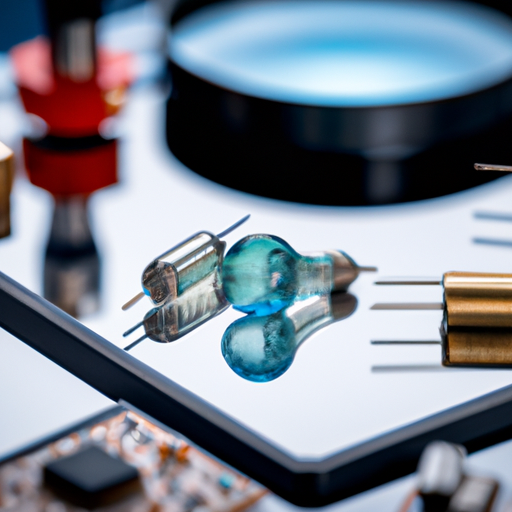
Optoelectronic devices play a crucial role in a wide range of practical applications across various industries. These devices combine the principles of optics and electronics to convert light into electrical signals or vice versa. They are used in a multitude of applications, including telecommunications, medical imaging, consumer electronics, and industrial automation. In this article, we will explore the role of optoelectronic devices in practical applications and how they are shaping the future of technology.

In the field of medical imaging, optoelectronic devices are used in devices such as endoscopes, ultrasound machines, and medical lasers. These devices enable healthcare professionals to visualize internal organs and tissues with high resolution and accuracy, leading to better diagnosis and treatment of medical conditions. For example, endoscopes equipped with optoelectronic cameras allow doctors to perform minimally invasive procedures and detect abnormalities in the digestive tract, respiratory system, and other parts of the body.
Consumer electronics also benefit from optoelectronic devices, with applications ranging from displays and cameras to sensors and lighting. Light-emitting diodes (LEDs) are a common type of optoelectronic device used in displays, indicators, and lighting fixtures. LEDs are energy-efficient, long-lasting, and capable of producing a wide range of colors, making them ideal for applications such as smartphones, TVs, and automotive lighting. In addition, optoelectronic sensors are used in devices such as digital cameras, barcode scanners, and proximity sensors to detect light and convert it into electrical signals for image capture, object detection, and other functions.
Industrial automation is another area where optoelectronic devices play a critical role. Sensors based on optoelectronic technology are used in manufacturing processes to monitor and control various parameters such as position, speed, and presence of objects. For example, optical encoders are used in robotic arms and CNC machines to measure the position and movement of components with high precision. In addition, optoelectronic sensors are used in quality control systems to inspect products for defects, ensuring consistent quality and reliability in manufacturing operations.
The role of optoelectronic devices in practical applications extends beyond the examples mentioned above. They are also used in scientific research, aerospace, defense, and environmental monitoring, among other fields. For example, optoelectronic devices are used in spectroscopy to analyze the composition of materials, in lidar systems for remote sensing and mapping, and in surveillance cameras for security and monitoring purposes. In the aerospace and defense industries, optoelectronic devices are used in navigation systems, targeting systems, and communication systems for aircraft, satellites, and military vehicles.
As technology continues to advance, the demand for optoelectronic devices is expected to grow, driven by the need for faster, more efficient, and more reliable solutions in various applications. Researchers and engineers are constantly developing new materials, designs, and manufacturing techniques to improve the performance and functionality of optoelectronic devices. For example, advancements in nanotechnology have led to the development of nanoscale optoelectronic devices with enhanced sensitivity, efficiency, and miniaturization.
In conclusion, optoelectronic devices play a vital role in practical applications across a wide range of industries, enabling innovative solutions for communication, healthcare, consumer electronics, industrial automation, and many other fields. These devices have revolutionized the way we interact with technology and have paved the way for new possibilities in science, engineering, and society. As the demand for faster, more efficient, and more reliable solutions continues to grow, optoelectronic devices will remain at the forefront of technological innovation, shaping the future of technology for years to come.